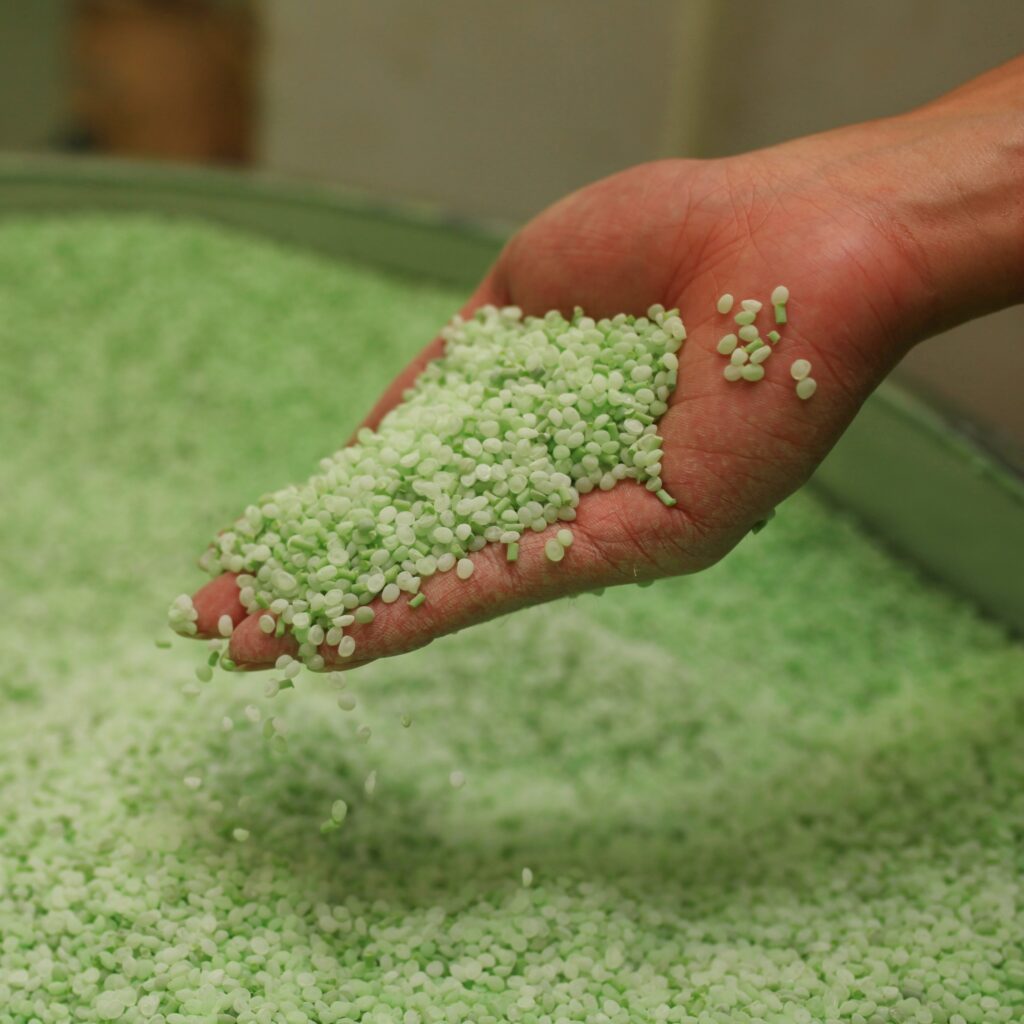Artificial plants have become a staple in interior design and landscaping, offering a convenient and versatile alternative to live foliage. Behind their lifelike appearance lies a meticulous manufacturing process that combines craftsmanship, innovation, and attention to detail. In this article, we delve into the intricate steps involved in creating artificial plants, offering insight into the artistry and expertise behind these botanical marvels.
1. Design and Prototyping:
The process of designing artificial plants is akin to an artistic endeavor, where creativity meets functionality. Designers immerse themselves in nature’s abundance, drawing inspiration from a myriad of plant species found across the globe. They meticulously study the intricate details of leaves, flowers, and stems, observing nuances in morphology, texture, and coloration. Through extensive research and observation, designers gain a deep appreciation for botanical aesthetics, allowing them to translate the beauty of nature into their creations.

Once inspired, designers embark on the prototyping phase, where ideas are transformed into tangible forms. Using a combination of traditional sketching techniques and digital rendering tools, designers bring their concepts to life, exploring different shapes, sizes, and arrangements. Prototypes are meticulously crafted, allowing designers to experiment with various materials and construction methods. This iterative process enables designers to refine their ideas, ensuring that each artificial plant captures the essence of its natural counterpart.
2. Material Selection:
The foundation of any high-quality artificial plant lies in the careful selection of materials. Manufacturers meticulously assess the characteristics of each material, considering factors such as durability, flexibility, and visual appeal. Premium-grade fabrics, such as silk and polyester, are favored for their soft texture and vibrant coloration. These fabrics closely mimic the look and feel of real foliage, lending a lifelike quality to artificial plants.
In addition to fabrics, manufacturers also utilize advanced polymers and plastics known for their resilience and weather resistance. These materials are carefully engineered to withstand environmental factors such as sunlight, humidity, and temperature fluctuations, ensuring that artificial plants maintain their beauty and integrity over time. By selecting materials with proven durability and lifelike properties, manufacturers guarantee that their products exude authenticity and longevity.

Furthermore, manufacturers prioritize sustainability in material selection, opting for eco-friendly alternatives whenever possible. Recycled materials and biodegradable polymers are increasingly incorporated into the production process, reducing environmental impact without compromising quality. By embracing sustainable practices, manufacturers not only contribute to conservation efforts but also meet the growing demand for eco-conscious products among consumers.
3. Molding and Shaping:
The commencement of the manufacturing process signals the pivotal stage of molding and shaping. With meticulous attention to detail and precision, skilled artisans embark on the task of transforming design blueprints and chosen materials into tangible botanical masterpieces. Specialized molds, crafted with expertise and precision, serve as the foundation for creating the intricate components that comprise each artificial plant. These molds are meticulously designed to capture every subtle contour and texture, ensuring that the final product exudes an unparalleled level of realism.
Utilizing a combination of traditional molding techniques and modern innovations, artisans meticulously shape each component, from delicate leaves and petals to sturdy stems and branches. The complexity of the design dictates the molding techniques employed, with some plants requiring the utilization of multiple molds to achieve an authentic and lifelike appearance. Throughout this meticulous process, attention to detail reigns supreme, as artisans strive to eliminate any imperfections that may detract from the plant’s overall realism and aesthetic appeal.

Every aspect of molding and shaping is conducted with precision and finesse, as artisans understand that even the slightest variation in shape and texture can profoundly impact the final product’s realism. By adhering to rigorous quality standards and meticulous craftsmanship, manufacturers ensure that each artificial plant is imbued with a lifelike quality that seamlessly integrates with its natural surroundings.
4. Assembly and Wiring:
With the individual components meticulously cast and shaped to perfection, the manufacturing process transitions seamlessly into the assembly and wiring stage. Here, skilled craftsmen harness their expertise to breathe life into the meticulously crafted components, transforming them into cohesive and visually striking botanical creations.
The assembly process begins with the careful arrangement and attachment of leaves, flowers, and stems to a central trunk or branch. Using a combination of wires, adhesive, and expert craftsmanship, artisans meticulously position each component to achieve a natural-looking arrangement that mirrors the organic growth patterns of real plants. Attention is paid to the placement and orientation of each element, ensuring a harmonious composition that exudes authenticity and elegance.

In addition to assembly, artisans may incorporate wiring techniques to enhance the flexibility and shape of the artificial plant. By strategically positioning wires within the structure, craftsmen can achieve customizable shaping and positioning, allowing the plant to adapt to various environments and design preferences. This meticulous attention to detail ensures that each artificial plant is not only visually stunning but also versatile and adaptable to diverse interior and exterior settings.
5. Coloring and Detailing:
Coloring and detailing are integral components in the quest for lifelike artificial plants. Artisans meticulously employ a plethora of techniques to infuse realism into each botanical creation, elevating them beyond mere imitations. With a keen eye for botanical aesthetics, artisans delicately airbrush, hand paint, and flock each component to perfection. These techniques allow for the subtle application of shades, highlights, and textures, mirroring the natural variations found in real foliage.
From the vibrant hues of petals to the earthy tones of leaves, every color is carefully chosen and applied to replicate the nuanced palette of nature. Artisans pay meticulous attention to detail, ensuring that vein patterns, surface imperfections, and color gradients are faithfully recreated. Each stroke of paint and flocking material is thoughtfully applied, contributing to the overall authenticity and visual appeal of the artificial plant.

This commitment to coloring and detailing extends beyond mere aesthetics; it is a testament to the dedication and craftsmanship that defines the art of artificial plant manufacturing. By imbuing each plant with lifelike qualities, artisans create botanical masterpieces that captivate the senses and enrich any space they inhabit.
6. Quality Control and Inspection:
Before artificial plants are entrusted to adorn homes, offices, and public spaces, they undergo a stringent regimen of quality control and inspection. This meticulous process ensures that only the finest specimens meet the exacting standards set forth by your brand. From the moment they emerge from the manufacturing line to the instant they are packaged for shipment, each plant is subject to rigorous scrutiny.
A team of skilled inspectors meticulously assesses every aspect of the artificial plant, from its overall consistency and symmetry to the accuracy of its colors and the integrity of its structure. Any deviations from perfection are swiftly identified and rectified, guaranteeing that only flawless specimens make their way to customers. This unwavering commitment to quality assurance not only safeguards the reputation of your brand but also ensures the satisfaction and trust of your valued clientele.
7. Packaging and Shipping:
The culmination of meticulous craftsmanship is the final step of packaging and shipping, where each exquisitely crafted artificial plant is safeguarded for its journey to its destination. Carefully chosen packaging materials, such as foam inserts, sturdy cardboard boxes, and protective plastic wraps, are employed to shield the delicate foliage from any potential damage during transit. These materials not only provide cushioning but also ensure that the plants remain securely in place, preserving their pristine condition.

Attention to detail extends to the labeling and branding of the packaging, where clear and informative labeling is applied to identify the contents and convey essential information to customers. Each package is meticulously labeled with details such as product name, dimensions, care instructions, and branding elements, ensuring that customers receive all the necessary information at a glance. This thoughtful approach enhances the customer experience and reinforces the brand’s commitment to quality and professionalism.
With the utmost care taken in packaging, the meticulously crafted artificial plants are prepared to embark on their journey to distributors, wholesalers, chain stores, design companies, and retailers worldwide. Whether traveling across continents or just down the street, each plant is meticulously packaged to ensure that it arrives at its destination in pristine condition, ready to adorn spaces with its beauty and charm.
8. Continuous Innovation:
At the core of artificial plant manufacturing lies a relentless pursuit of continuous innovation, driving manufacturers to push the boundaries of creativity and technology. Recognizing the ever-evolving nature of the industry, manufacturers are committed to staying ahead of the curve by investing in research and development initiatives that propel the field forward.
Innovation takes many forms, from the exploration of new materials and production techniques to the integration of sustainable practices and cutting-edge design trends. Manufacturers embrace experimentation and exploration, constantly seeking ways to enhance the quality, aesthetics, and functionality of artificial plants. By embracing innovation, manufacturers ensure that customers have access to the latest advancements in artificial plant technology, allowing them to create inspiring and visually stunning spaces that reflect their unique style and personality.
The quest for continuous innovation is not merely a pursuit of novelty but a commitment to excellence and advancement. By pushing the boundaries of what is possible, manufacturers elevate the art of artificial plant manufacturing to new heights, enriching the lives of customers and enhancing the beauty of the spaces they inhabit. Through innovation, the industry continues to evolve and thrive, shaping the future of artificial plant design and manufacturing.

In conclusion, the manufacturing process of artificial plants is a blend of artistry, craftsmanship, and technological innovation. From material selection to packaging, each step is executed with precision and attention to detail to create lifelike botanical replicas that enhance interior spaces and bring nature indoors. By understanding the intricacies of the manufacturing process, you can confidently offer a diverse range of high-quality products to your discerning customers, reinforcing their reputation as leaders in the industry.


